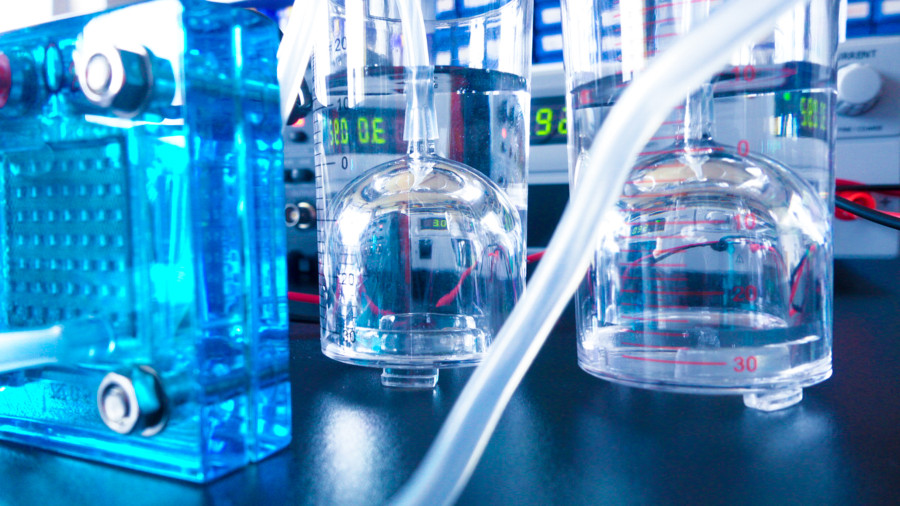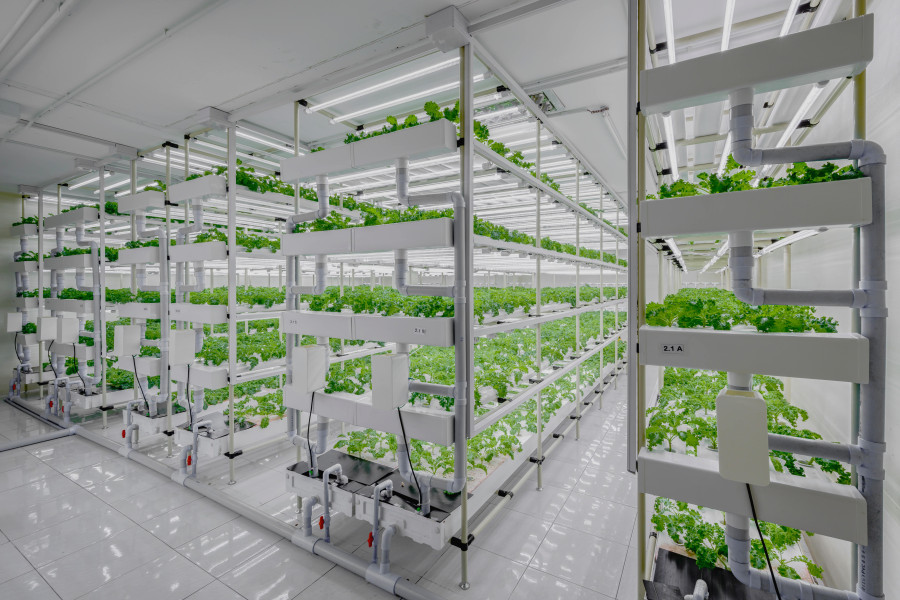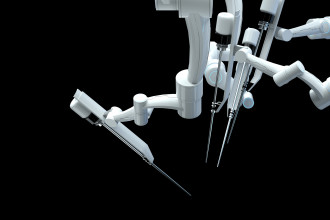The heart of CRISPR is the CRISPR-Cas9 system, which consists of a molecule called RNA and an enzyme called Cas9. The RNA molecule acts as a guide, directing the Cas9 enzyme to a specific location in the genome, where it can cut the DNA. This cut can then be repaired by the cell's natural repair processes, leading to a change in the genetic sequence.
CRISPR against Malaria
One of the most exciting potential uses of CRISPR is in the fight against diseases like malaria and dengue fever, which are spread by mosquitoes. By using CRISPR to alter the genomes of mosquitoes, scientists hope to make them less dangerous to humans. For example, researchers can insert a gene into the mosquito that makes it resistant to the parasite that causes malaria. This could help to reduce the number of malaria cases and save countless lives.

CRISPR for Treatment of Genetic Diseases
Another potential use of CRISPR is in the treatment of genetic diseases. Many genetic diseases are caused by mutations in the DNA, and CRISPR provides a way to repair these mutations. For example, sickle cell anemia is a genetic blood disorder that can be treated by using CRISPR to change the mutated gene back to its original form. This could be a game-changer for people with sickle cell anemia, offering a cure for a disease that has long been considered incurable.
CRISPR against Cancer
In the field of cancer research, CRISPR is being used to develop new treatments for this devastating illness. By targeting specific genes that are associated with cancer, scientists can use CRISPR to cut out the gene that causes cancer to grow and spread. This could lead to new and more effective treatments for cancer, improving the lives of millions of people around the world.
CRISPR for Human Health
CRISPR also has the potential to improve human health in numerous ways. For example, it can be used to cure genetic diseases, enhance the body's natural defenses, and improve organ function. By making precise and specific changes to the DNA, scientists can work to improve human health in a number of ways, offering new hope for people with a wide range of medical conditions.
CRISPR for Agriculture
In agriculture, CRISPR has the potential to revolutionize the way we grow crops. By making changes to the genes of crops, scientists can make them more resistant to diseases, pests, and environmental stress. This can increase their yields and make them more sustainable, helping to ensure that we have enough food to feed a growing global population.

To Conclude
there are concerns about the possible use of CRISPR to modify humans with the aim of creating 'perfect' children, which raises ethical considerations. Some fear that if people enhance selected traits in their children, there may be a change in biodiversity, which could have long-term implications for human evolution.
Despite these concerns, CRISPR remains a promising and exciting tool that will allow scientists to improve the world on many levels. It is important that we consciously consider the implications of CRISPR and ensure that it is used responsibly and ethically.
In a nutshell, CRISPR is a game changer in many areas of science and technology and will continue to make important contributions to research and treatment of disease, agriculture, the environment, and society. While there are still many challenges and concerns to consider, the potential of CRISPR remains endless and it will be interesting to see how it is used in the future.
CRISPR is a powerful tool with many exciting potential applications. Whether in the fight against diseases, the treatment of genetic disorders, or the improvement of human health, CRISPR has the potential to make a big impact on our world. As our understanding of this technology grows, the possibilities are truly endless.
Quickscout
Looking for suitable
technology providers?
Start scouting!







